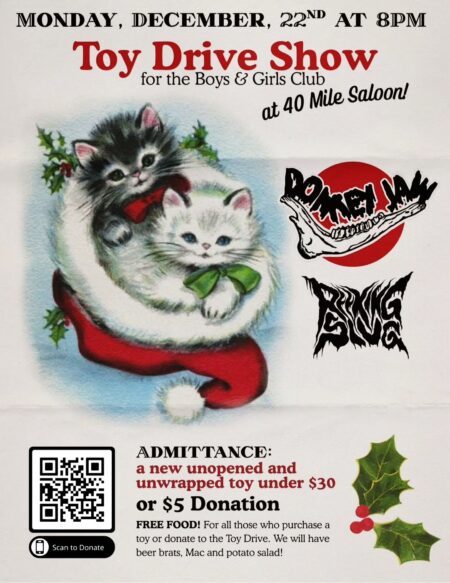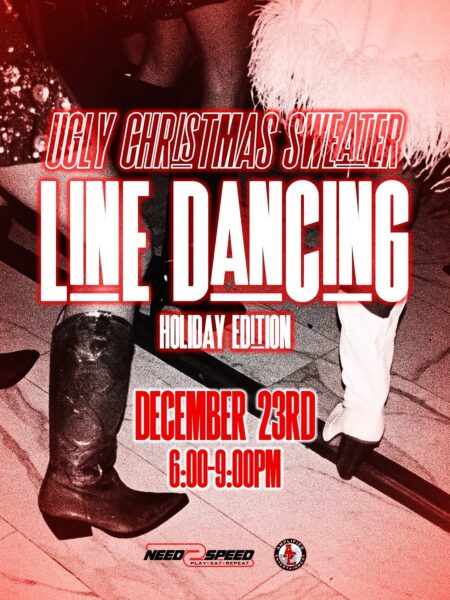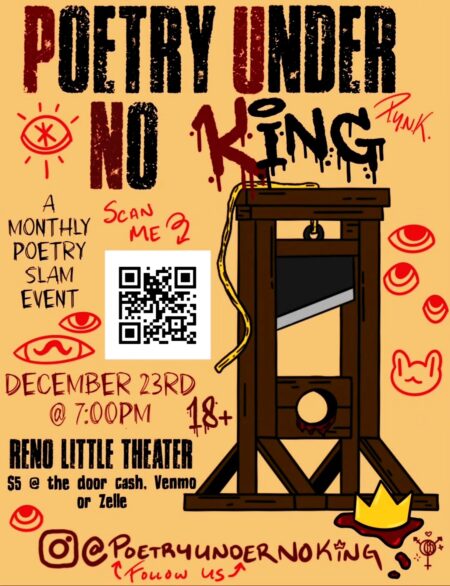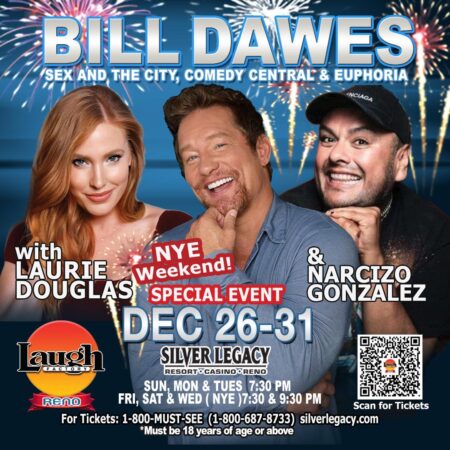share listings to rally a crowd
ve, co-hosted by our good friends @donkeyjawreno and @reekingslug!! This is sure to be a great night of awesome music and contributions to a great cause. Please don't. miss it!! Admission: a new, unopened toy under $30. Or, a $5 donation to the toy drive. Location: 40 Mile SaloonDate/Time: Monday, December 22nd. 8pm21+ only!!!
lessStop by and create your own holiday simmer pot bag right here in the store!We’ll have all the ingredients + bags ready — you’ll assemble your own, learn what goes into a simmer pot, and take it home to enjoy. 🌿🍊These are:✔️ SO easy✔️ Make your home smell amazing✔️ Perfect little holiday gifts or hostess giftsOnce you learn how, you’ll be inspired to create endless fragrance combinations all winter long!📍 Mira Loma Ace Hardware📅 Tuesday 12/23🎁 Take one home & spread the cozy vibesWhile supplies last
less✨ YOGALATES AT BLISS ✨Where strength meets stillness and movement becomes medicine.Yogalates blends the core-strengthening power of Pilates with the mindful flow of yoga, creating a balanced, feel-good practice that supports your body from the inside out. 💪🧘♀️🗓 Tuesdays⏰ 5:30 PM👩🏫 With Gretchen Djukanovich✨ Drop in or save with a class pack!🔗 Book here or find the link in bio:https://www.blissholisticcenter.com/service-page/yogalates?referral=service_list_widget
lessJoin us on Tuesday, December 23 at 6 PM for a festive night of Christmas Bingo at Final Draught. 🎁 All ages are welcome, so bring the whole family, round up your friends, and get into the holiday spirit. Wear your favorite Christmas sweater, Santa hat, or festive attire and come ready to have some fun.Bingo is free to play, with plenty of laughs and prizes along the way. Mark your calendars and celebrate the season with us at Final Draught. 🍻
lesspparel to come to the December P.U.N.K. Playground! we're wearing ugly holiday sweaters and doing a white elephant poem exchange. (we'll have poems wrapped and ready to exchange but if you would like to bring a piece to tie a ribbon on and exchange you are more than welcome to as well!) the vibe is cozy, goofy, poetry enjoyment! As always tell your Friends, Family, and Favorite houseplants we are so excited to see yall there!
less✨ Release & Rise — Reno ✨Reno friends 💛 you’re warmly invited to Release & Rise, a Somatic Breathwork Session at House of Ra.This is a supportive, grounding space to release what you’ve been holding, reconnect with your body, and prepare your nervous system for the new year ahead.🌀 What to bring:• A journal for reflection• An eye mask (optional, but lovely for going inward)🌬️ A gentle note on safety:Somatic breathwork is a powerful practice and may not be suitable for everyone. Please refrain from participating if you are pregnant, have a history of seizures, severe cardiovascular disease, uncontrolled high blood pressure, recent surgery, severe asthma, retinal detachment, or severe psychiatric conditions. If you’re unsure, feel free to reach out 🤍Come as you are. Breathe, soften, release — and rise feeling lighter, clearer, and more aligned ✨Donations welcome.Bring a friend and let’s welcome the new year together 🌙
less🎉 Customer Appreciation Day 🎉Join us December 25 at Pure Country Canteen!📍 1537 S Virginia St, Reno, NV 89502🕔 Doors open at 5 PM🎶 Reno Vaqueros playing all your favorite song requests🍹 Randy, your favorite bartender, will be serving up holiday drinks🔞 18+ until 10 PM💸 No cover chargeCome celebrate with great music, festive drinks, and good vibes 🤠🎄
lessand warm melodies, the project delivers intimate songs that still carry punk-rooted energy.
Alese & the Acoustic Rebels are hitting the scene with fun covers for you on December 26th. I will be playing solo the first two hours and then the Acoustic Rebels will be joining me from 8-9pm. Come on down to The Fox Restaurant & Brewery - Reno in Midtown for some post-Christmas tunes and yummy bites!
he Silver Legacy Resort Casino for a special holiday comedy event, December 26–31.
Known for his appearances on Sex and the City, Comedy Central, and Euphoria, Bill Dawes headlines this high-energy week of stand-up alongside special guests Laurie Douglas and Narcizo Gonzalez. This is the perfect way to close out the year with world-class comedy in the heart of downtown Reno.
Showtimes:• Sunday, Monday & Tuesday: 7:30 PM• Friday, Saturday & Wednesday (New Year’s Eve): 7:30 PM & 9:30 PM
This is a New Year’s Eve Weekend Special Event, so expect packed crowds, electric energy, and unforgettable performances. Seating is limited and early ticket purchases are strongly recommended.
🎟 Tickets: silverlegacy.com | 1-800-MUST-SEE (1-800-687-8733)🔞 Must be 18 years or older to attend
esigned to conjure imagery that helps reveal sub-conscious desires. Then transitioning to art and/or journaling (up to you) that will uncover sub-conscious desires through concrete words and images.
less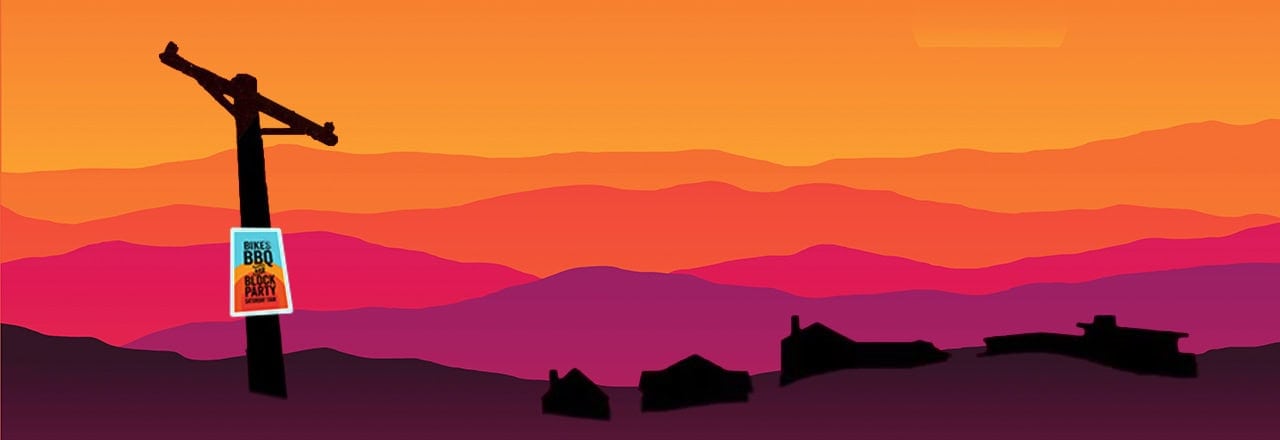
🏁 Goodtimes & Rock’n’Roll 🏁
call or text 775-504-8090
Customer Portal
About us
- Art & Craft
- Ball Games
- Block Parties
- Camps
- Classes
- Clubs & Games
- Comedy
- Country
- Dancing
- DJs
- Entertainment
- Faith & Fellowship
- Family & Kids
- Food & Drink
- Fundraisers
- Great Outdoors
- High School
- Hip Hop
- Home & Garden
- Live Music
- Local Circuit
- Metal
- Performing Arts
- Pets
- Pop
- Popups & Shops
- Punk Rock
- Reggae
- Rock'n'Roll
- Singer Songwriter
- Special Guests
- Theater & Film
- Volunteering
- Wellness
- Yard Sales & Swaps

